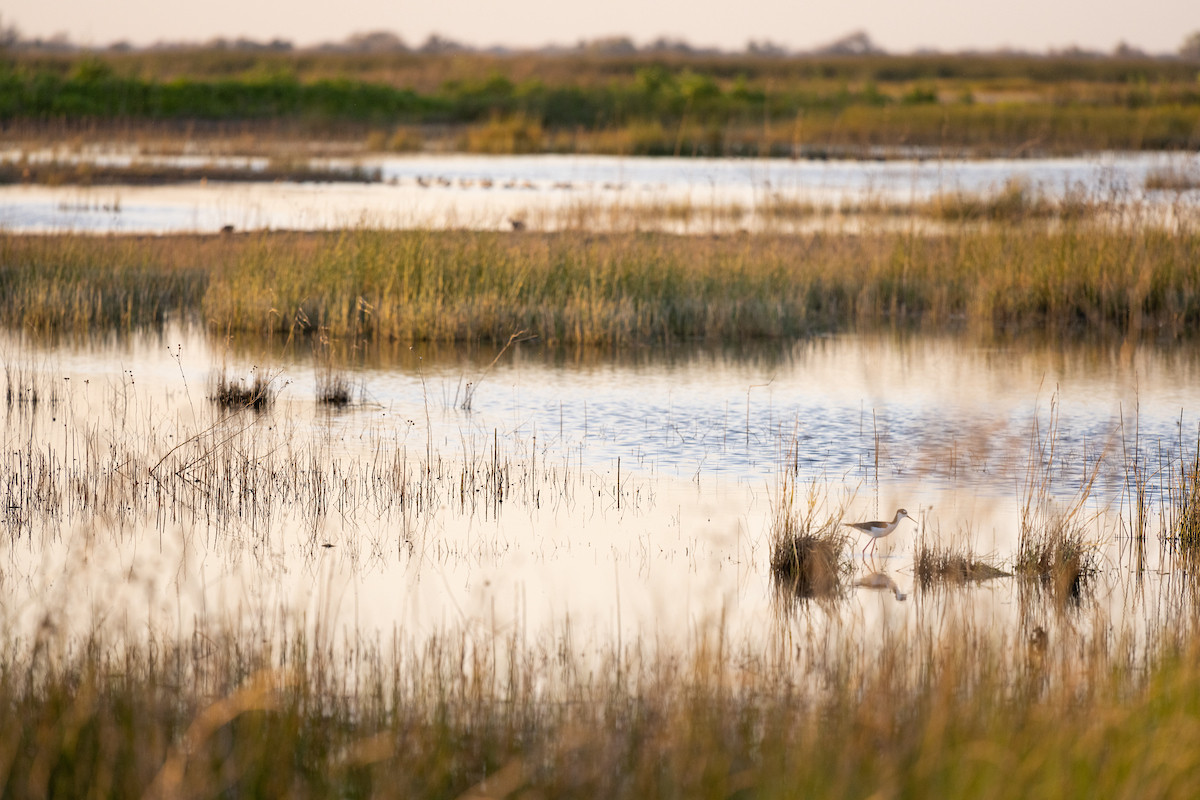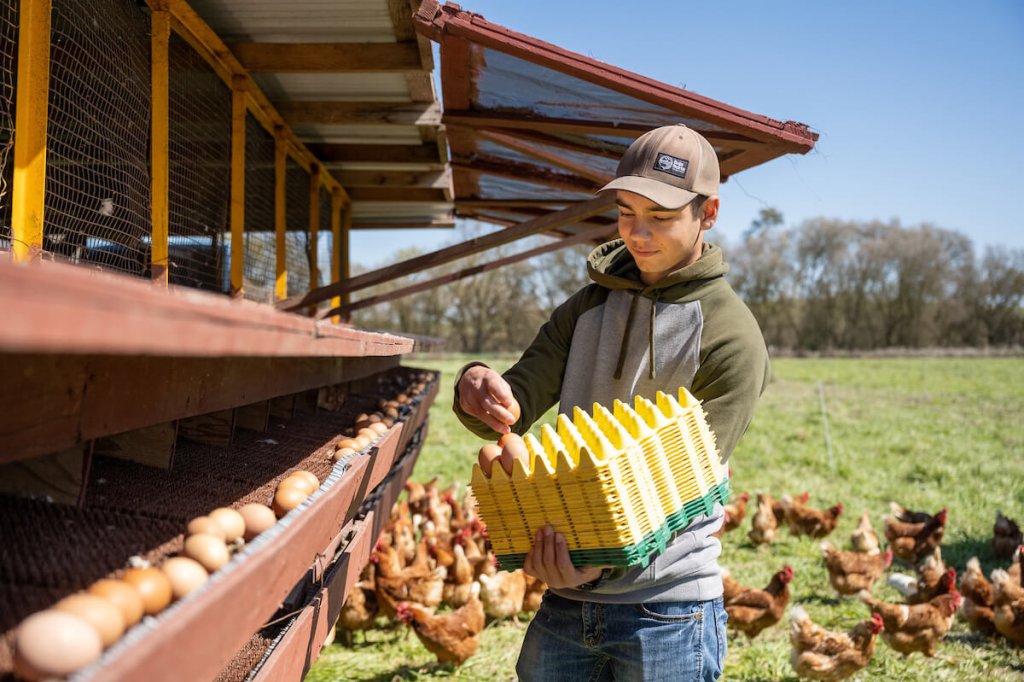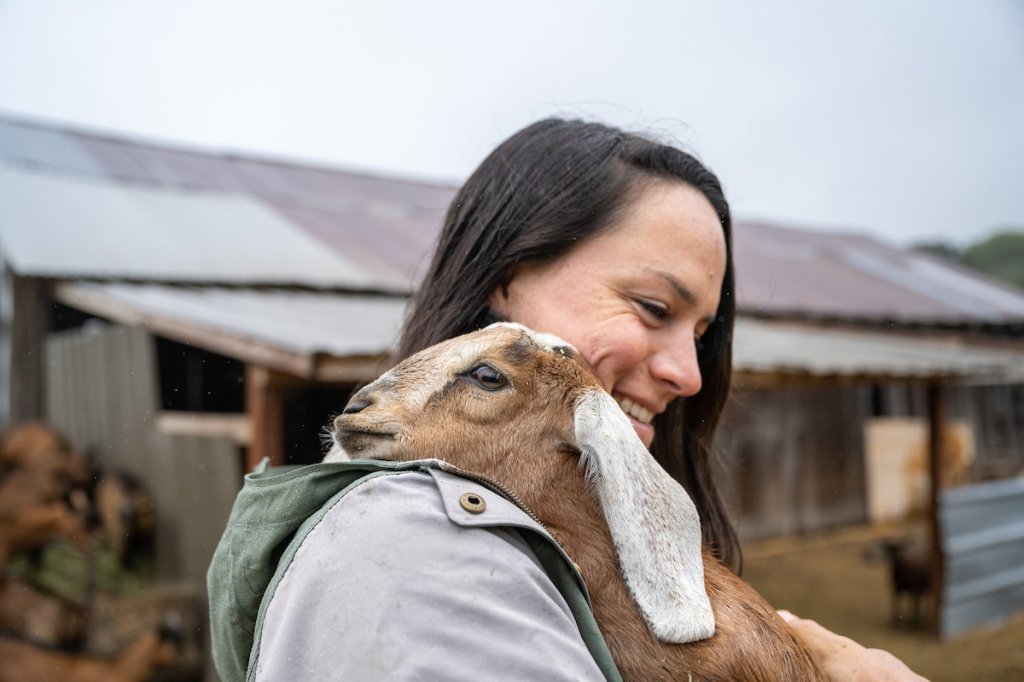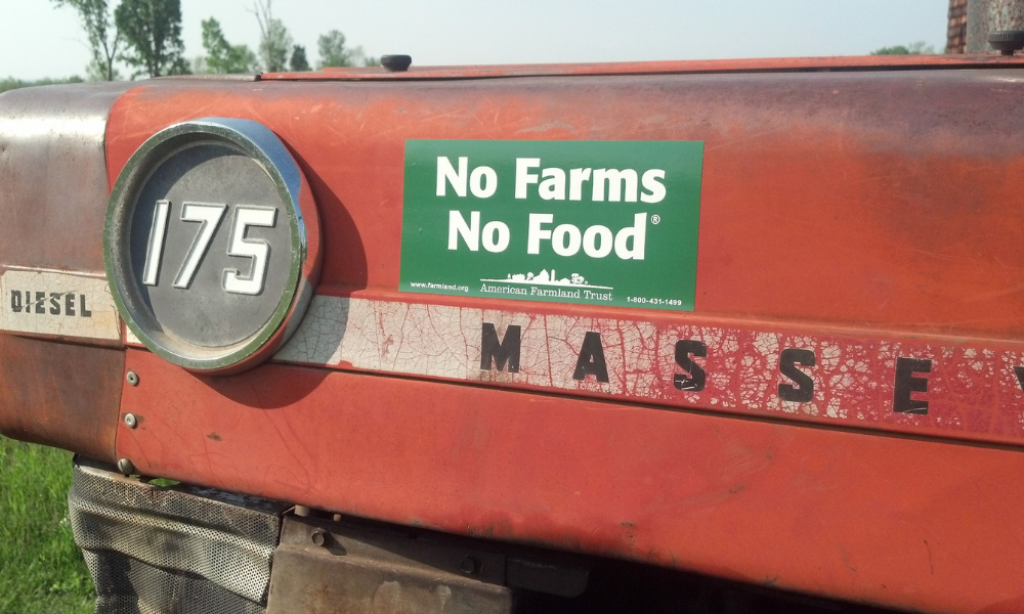Vermilion Headwaters Watershed
The Vermilion Headwaters Watershed Partnership is a collaboration of stakeholders, including farmers, community leaders, government agencies, research institutions, and non-profit organizations, working to reduce nitrogen loss from farmland in the VHW. By adopting conservation cropping systems, which include practices such as reduced tillage, cover crops, nutrient management, and tile water treatment, farmers can help protect water quality and improve their bottom line.
The Vermilion Headwaters Watershed is a 305,573-acre rural watershed encompassing parts of Illinois's Livingston, Ford, Iroquois, and McLean Counties. This watershed has been identified as one of Illinois's top five non-point source nitrogen-loading watersheds. It is a major contributor to nitrogen-loading in the Mississippi River. The Illinois Nutrient Loss Reduction Strategy has also identified the watershed as a high priority.
VHW partners include American Farmland Trust, NRCS, The Wetlands Initiative, Livingston and Ford Counties Soil and Water Conservation Districts, Precision Conservation Management, and Compeer Financial. These partners are working to develop a 9-element watershed plan to achieve water quality goals within the Vermilion Headwaters. The watershed management plan includes an overview of the current conditions of the watershed, including physical, chemical, and biological characteristics of the stream network, as well as current land use and potential sources of impairment.






